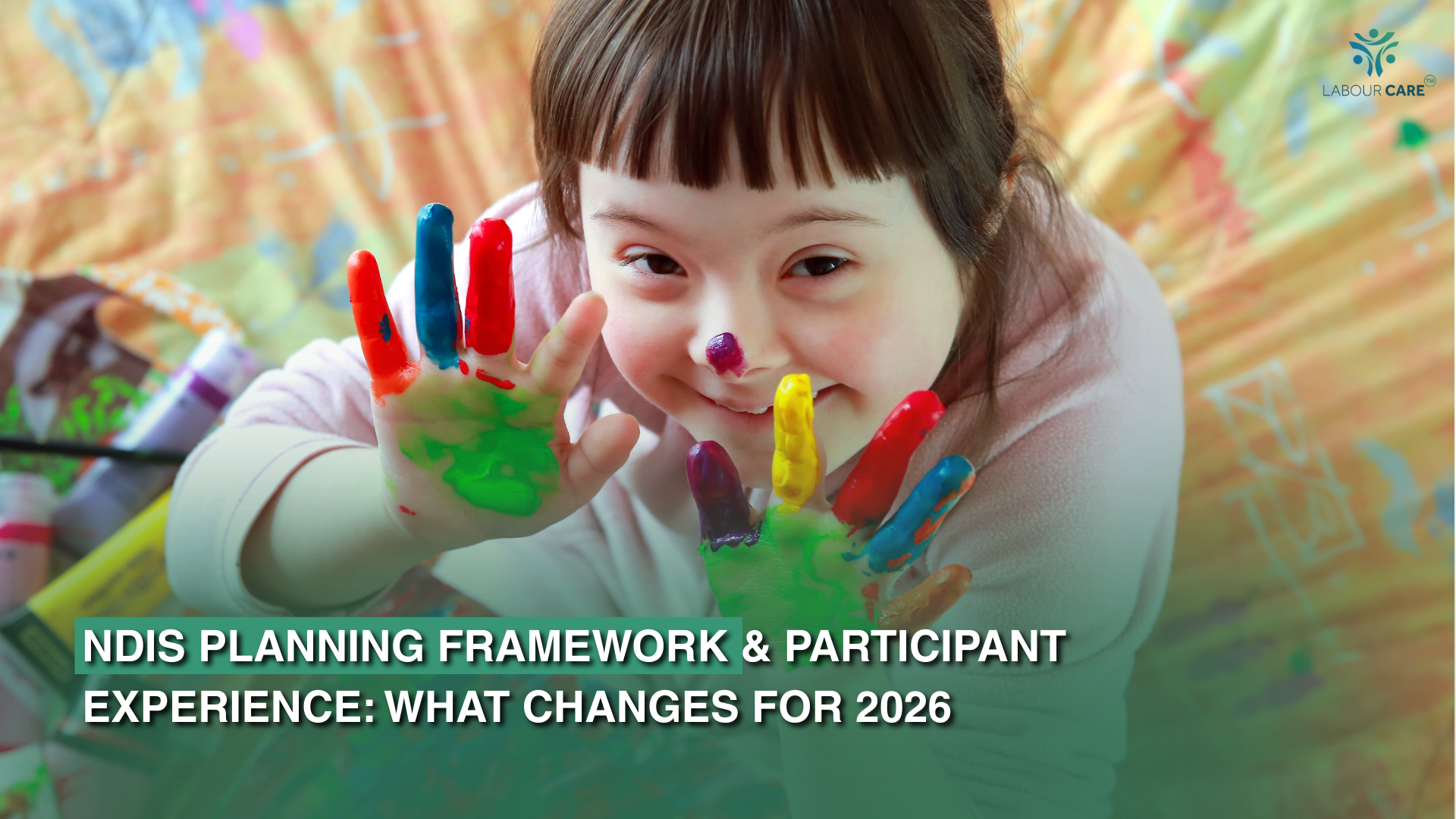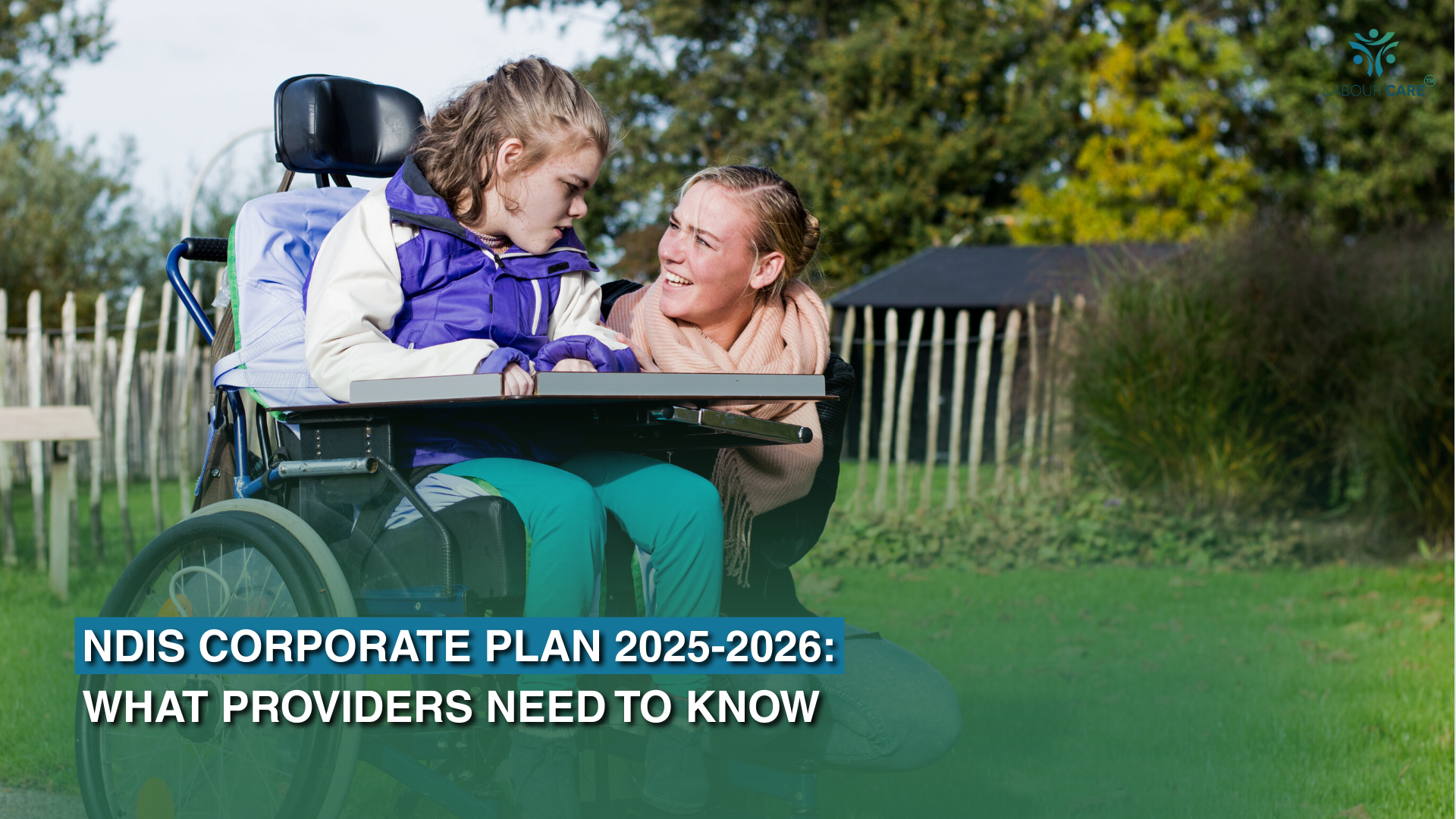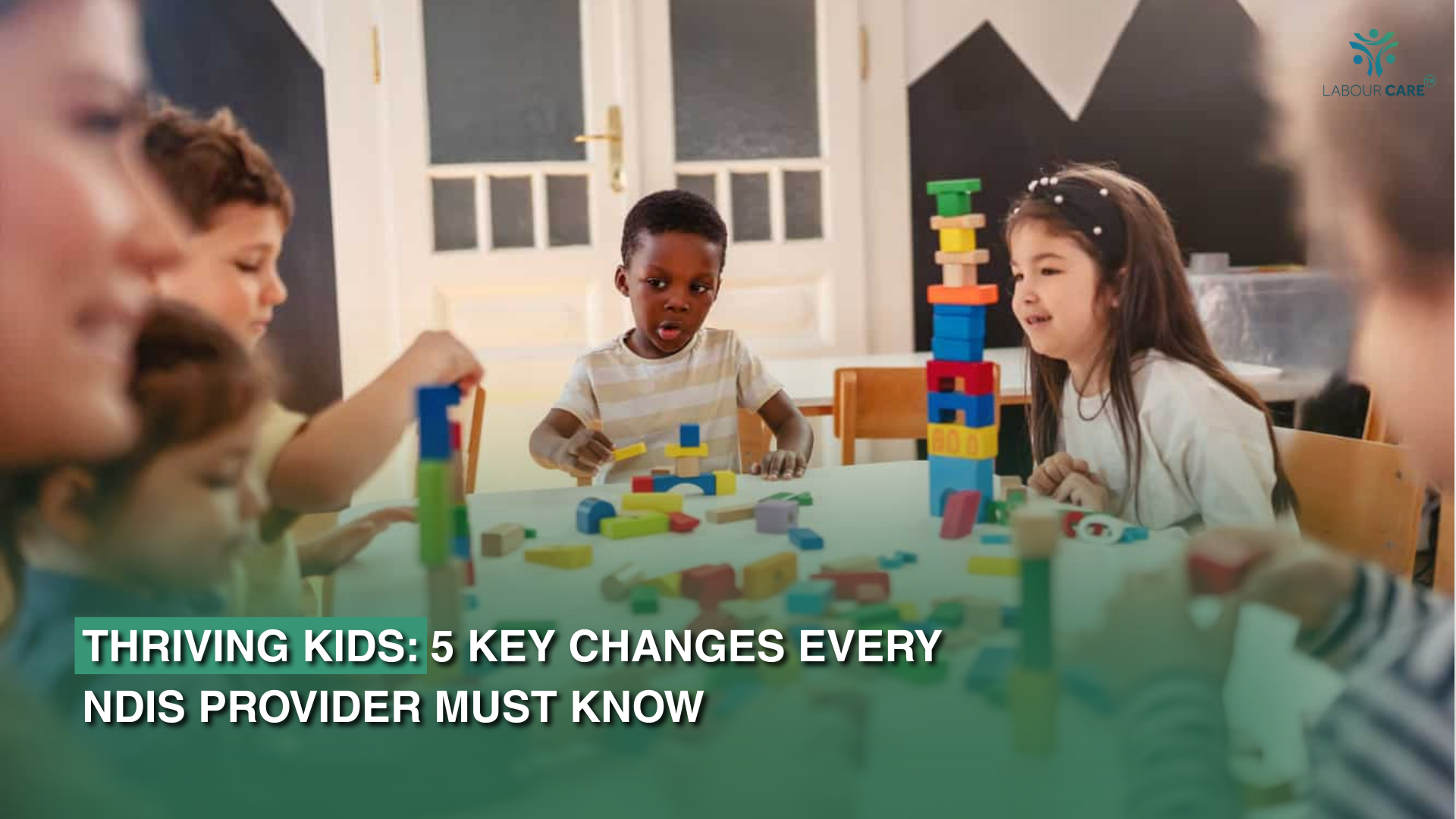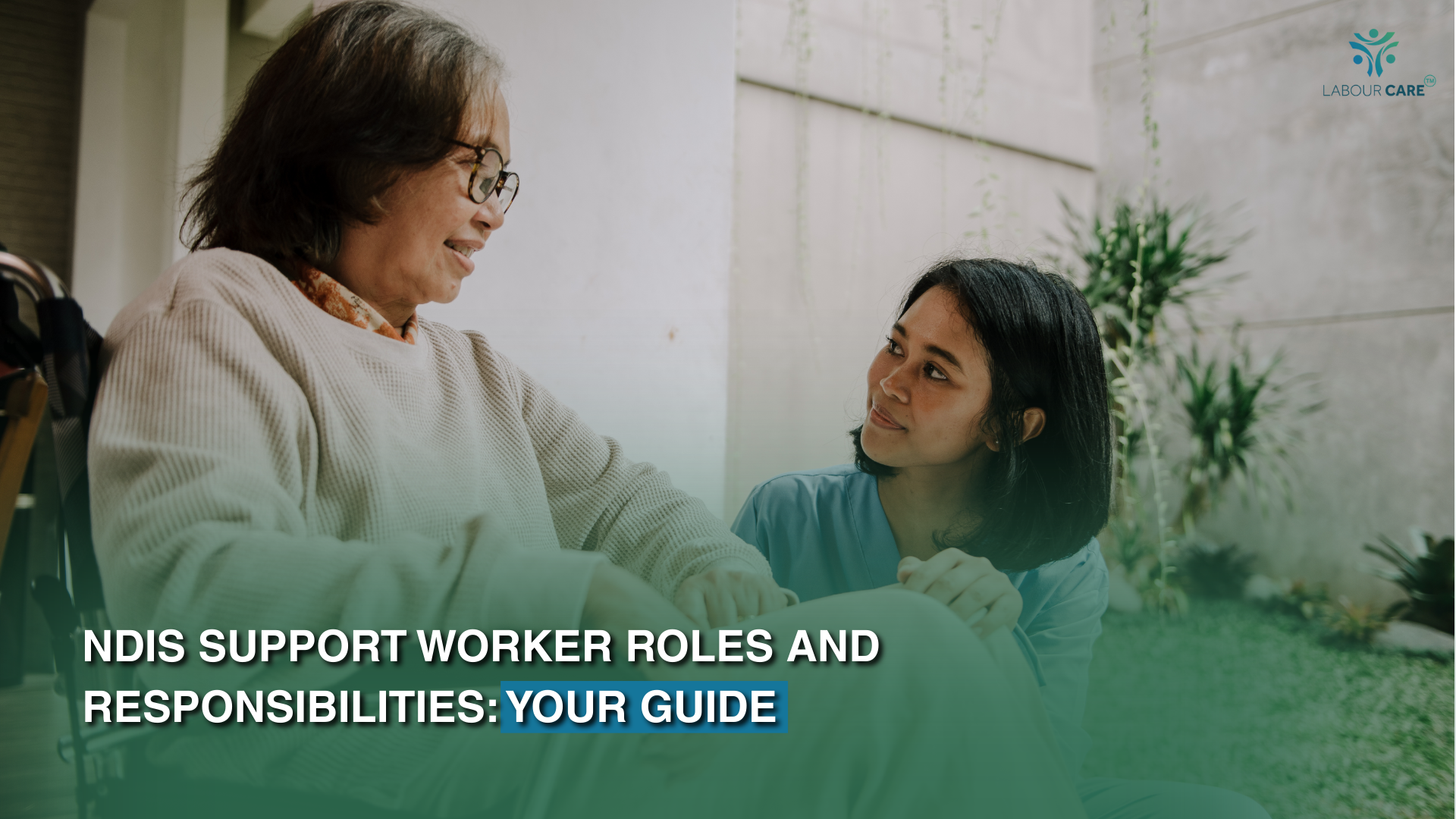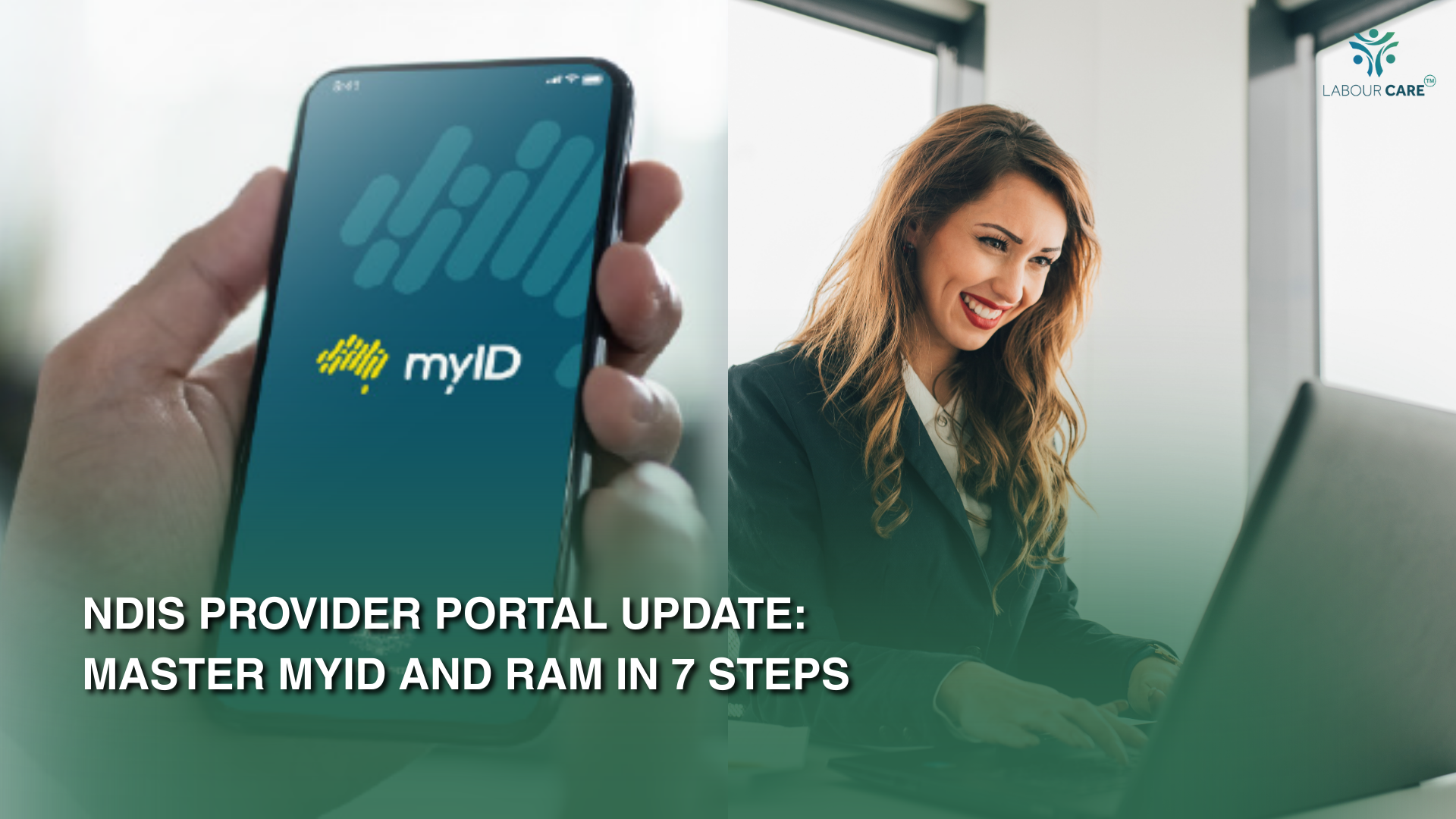NDIS Planning Framework & Participant Experience: What Changes for 2026
September 16, 2025 at 09:40:00 PMThe NDIA has confirmed a revised timeline for the new planning framework. The Agency explains it had planned to introduce the new way of planning in September 2025 but, after listening to the disability community, will introduce planning changes from mid-2026 and do so gradually to minimise disruption. The NDIA says it will keep listening and learning as the rollout progresses.
These NDIS planning reforms 2026 are designed to make the Scheme fairer, easier to navigate and more flexible, improving the overall NDIS participant experience while keeping the system sustainable. This blog unpacks what is changing, what participants can expect, and how NDIS providers can get ready.
Why planning reforms are coming
The planning framework is part of a wider improvement program responding to community feedback gathered through the NDIS Review and NDIA engagement. The NDIA states it is acting to make the Scheme simpler, more consistent and focused on individual needs, so people can work toward their goals with greater confidence.
What will change in 2026
A New Way of Building Plans
Under the new planning framework, a flexible plan budget will be set using a new budget method that is informed by a support needs assessment. The needs assessment will record a person’s whole-of-person disability support needs, shifting attention to what supports are required rather than relying only on past evidence. This shifts planning from evidence-heavy eligibility processes to a strengths-based approach that focuses on actual needs.
Easier-to-understand Plans and Clearer Budgeting
Plans will be written in plain language with grouped funding to make it easier for participants to understand what they can use. Funding periods will be introduced, helping budgets last across the length of a plan. These updates are designed to improve participant satisfaction, one of the NDIA’s corporate plan targets.
Consistent, Transparent Process
The NDIA’s legislative summary confirms that the new framework will apply the same budget method across participants, with decisions informed by the support needs assessment. Participants will transition to the new framework over time, with implementation timing confirmed by the Agency as the rollout approaches.
Timelines and Transition
The framework will start from mid-2026 and roll out gradually. Participants with current plans will continue under existing arrangements until they transition into the new system. The NDIA will provide updates ahead of each stage to help families and providers prepare.
How the Planning Framework Improve the NDIS Participant Experience
The new approach is designed to make planning more predictable and participant-focused. People will:
- Have budgets based on assessed needs, not just eligibility evidence.
- Know how long their funding is expected to last.
- Gain clarity on what the NDIS can and cannot pay for.
- Receive support that builds confidence in making decisions and achieving goals.
This ties directly to the NDIA’s long-term targets: higher satisfaction rates, greater community participation, and better goal achievement.
What this means for NDIS providers
For providers, the new planning framework changes how supports are planned, budgeted, and reported. Plans will be shaped by a support needs assessment and budget method, so services need to clearly align with participant goals and identified needs. With funding periods built into plans, pacing supports across the duration of a budget becomes essential.
The NDIA has also introduced a new definition of NDIS supports and is providing impairment information for people entering the Scheme from 2025. These updates make access and funding decisions clearer, giving providers and participants more confidence when planning services.
How providers can prepare now
- Map services to the new framework
Review how your intake, service agreements, and reporting will connect to the support needs assessment and budget method.
- Educate teams on funding periods
Train staff to plan supports sustainably across the entire funding period. Simple tracking tools will help avoid under- or over-spending.
- Update family communications
Refresh the way you explain budgets, grouped supports, and funding limits. Align your guidance with NDIA’s official definitions to reduce confusion.
- Strengthen documentation
Link reports and progress notes directly to the assessed needs and outcomes in each plan. This ensures clarity and consistency during reviews.
- Monitor NDIA updates
Keep up with the NDIA’s announcements on planning framework as well as other important updates.
Conclusion
The NDIS planning framework starting in mid-2026 will transform the way plans are developed, focusing on assessed needs, grouped budgets, and greater transparency. The changes are being introduced gradually, with a clear commitment to improving the participant experience.
For providers, now is the time to adapt systems, train staff, and strengthen communication so services are aligned with the new framework. By preparing early, you’ll be ready to deliver seamless, compliant, and participant-centred supports in a stronger, fairer NDIS.
Want to get your team ready for the new planning framework? Labour Care can help you prepare with compliance support, staff training, and tailored strategies for 2026.
FAQs about NDIS Planning Framework
1. What is a “Support Needs Assessment” in the new planning framework?
The Support Needs Assessment is a new part of the planning framework that records a participant’s whole-of-person disability support needs. It helps the NDIA decide what supports to fund based on impairment(s) and how those impairments impact daily life, rather than relying mostly on past evidence.
2. How long is the full transition to the NDIS new planning framework expected to take?
The plan is to roll out the new planning framework over a 5-year period, transitioning participants in stages once each part (assessment, budget method, etc.) is ready.
3. When will providers begin seeing “flexible budgets” in NDIS participant plans?
Flexible budgets begin under the new budget method tied to the Support Needs Assessment. Providers will begin to see plans using this budget style once the new framework rolls out, starting mid-2026, phased in gradually.
Latest Post

